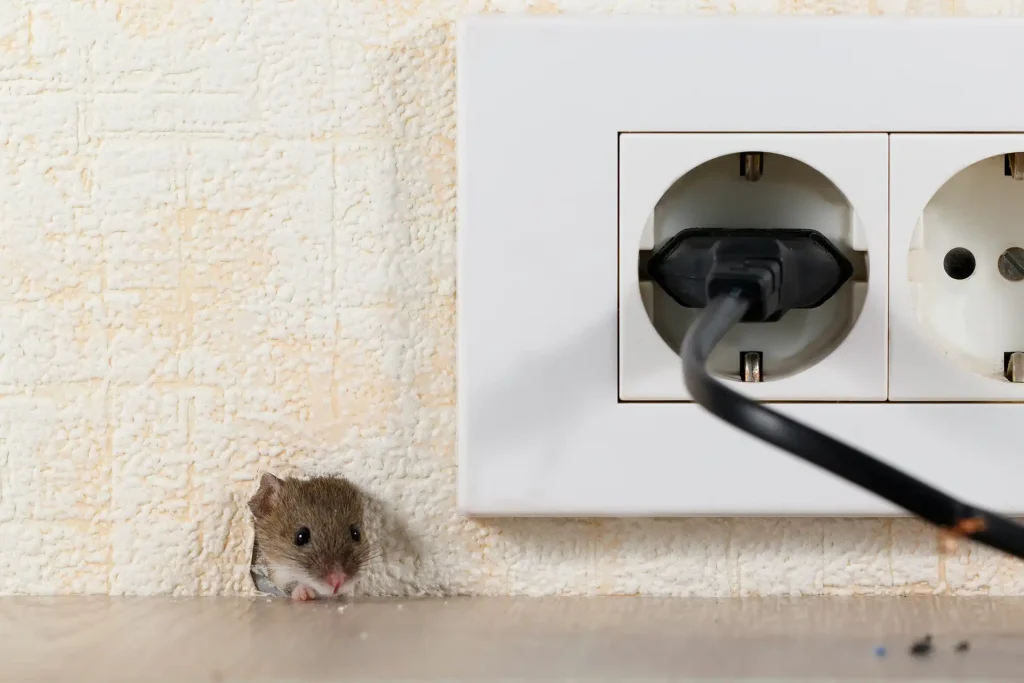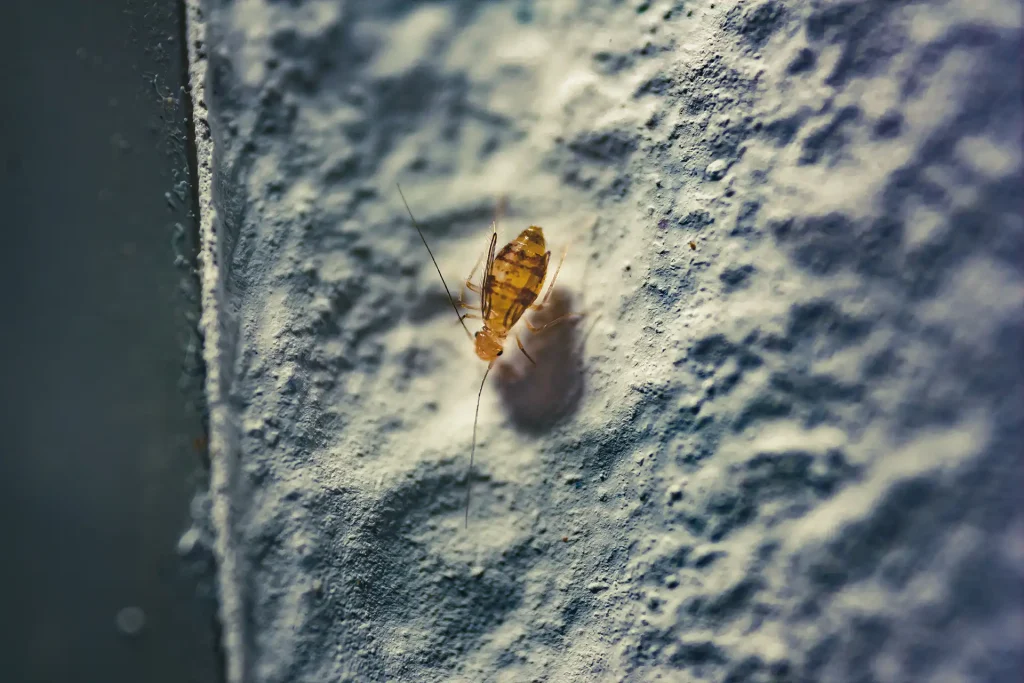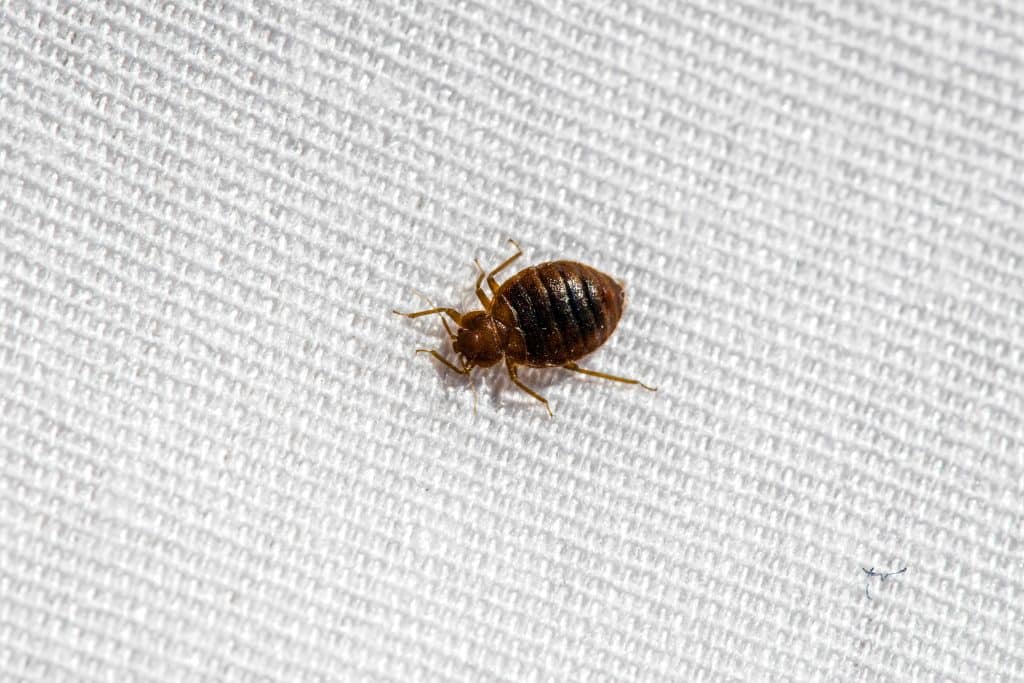Pests like rats and cockroaches are the bane of the seagoing world. These critters not only spoil food and damage equipment, they also spread diseases and can be a real threat to crews and passengers.
With a sailing season that lasts almost the entire year, the battle to keep pests off ships can be long and difficult. In fact, many vessels need constant treatment and vigilance to keep the pests at bay – something that can be hard to come by when you’re out at sea for weeks at a time.
Regular pest control certified by the maritime authority (e.g. Maritime Port Authority of Singapore) is a good idea, and often a legal requirement, to ensure the well-being of passengers and crew.
In this article, we look at the 7 most common pests found onboard ships.
1. Cockroaches
On top of the list of creepy crawlies are cockroaches. Not only are they a problem because they can crawl all over passengers, they can also carry diseases. Cockroaches have a keen sense of smell that allows them to sniff out the things we leave behind when we step away from the place we live.
They can also gain access to small crevices that are hidden from sight. They’re also known to survive extreme temperatures. Some species can survive temperatures of -40 degrees Celsius.
Effective cockroach control measures usually requires regular treatments to keep them out of vessels.
2. Rats
Rats, mice, and other rodents are some of the most common onboard pests, particularly when regular pest control is absent. These pests usually feed on leftover food in ship kitchens, and scavenge through the sewage and pipe systems of the vessels.
Rats can carry diseases and be a danger to the health and well-being of passengers and crew. Rodent control onboard ships should be carried out if there are signs of rodents (e.g. sightings, chewing of food or food packaging, etc.)
3. Bed bugs
Around 60% of commercial ships in the Mediterranean, Red Sea, Indian Ocean and Atlantic areas are infested with bed bugs. Usually, the problem is as a result of taking a mooring in an infested area, or a guest staying in the same cabin as a bed bug carrier.
Most of the affected ships have mostly former working container ships that are now empty. Boats and ships in rough seas, or visiting ports where ship cleaning has been delayed, are also at risk. When harbour staff clean the vessel and then fail to complete a secondary cleaning as soon as possible, the risk is even greater. In certain circumstances, the number of affected ships can be far higher.
Regular bed bug control is recommended for ships, even if no bed bugs have been reported, to nip the issue in the bud. (Chances are they are present.)
4. Termites
Termites are one of the most common, and quite numerous, pests that ships have to deal with. This common aquatic beetle usually infests ships, boats, piers and pilings. The fact that this creature lives underground is part of why they can be so hard to exterminate.
After the ships have left port, the area around the pier or at the very least, around the ship, will often be infected. There may be a strong odour from an infestation, which gives you an indication of just how bad the problem is. The invertebrates live in the walls of the building, inside the beams, and on the external walls of the building. They do a thorough job of eating away at the wood, leaving little but dust and grit behind.
Termites can be hard to fight, and engaging a professional in termite control is highly recommended.
5. Flies
The infestation of flies on ships can be a real nightmare. For one thing, they can get into the food supply and often breed in huge numbers. For another, they often bite people and carry disease. Not only that, they make a large mess on the floors and in the air.
An easy and effective way to get rid of these pests is to carry a fumigation agent onboard with you. Alternatively, hire a professional pest control company that performs fly control.
6. Mosquitoes
If you find yourself in a maritime setting, you might as well start preparing for an invasion of mosquitoes. The impact of malaria around the world has been deadly for many decades, and many of the world’s tropical nations have serious cases.
Countries with high malaria rates are more likely to have pest infestations of mosquitoes. Ships are a prime habitat for these mosquitoes, and they are no more afraid of the water than humans.
Monsoon season is a particularly dangerous time for ships to set sail, as ships lie on water all day. That’s why it’s extremely important to keep cabins mosquito-proof, and treat containers for pests that can easily infest cargo. Mosquito control services are necessary for most vessels that visit tropical countries.
7. Silverfish
Known as house silverfish, silverfish are tiny, flour-like creatures about the size of a sesame seed. They thrive in damp, dark, or dusty areas, and can often be found onboard vessels. They eat everything from wood to carpet, and they can be found around the ship’s toilet, under cabinets, among others.
Silverfish are not dangerous, but they can be highly annoying. Silverfish control is often not necessary and not a standard treatment for vessels, unless the silverfish population gets out of control.
Final thoughts
Pests like those listed above can inflict harm to passengers and crew, and even irreparable reputation damage. Regular vessel pest control is a must to safeguard the health and safety of both passengers and crew.








